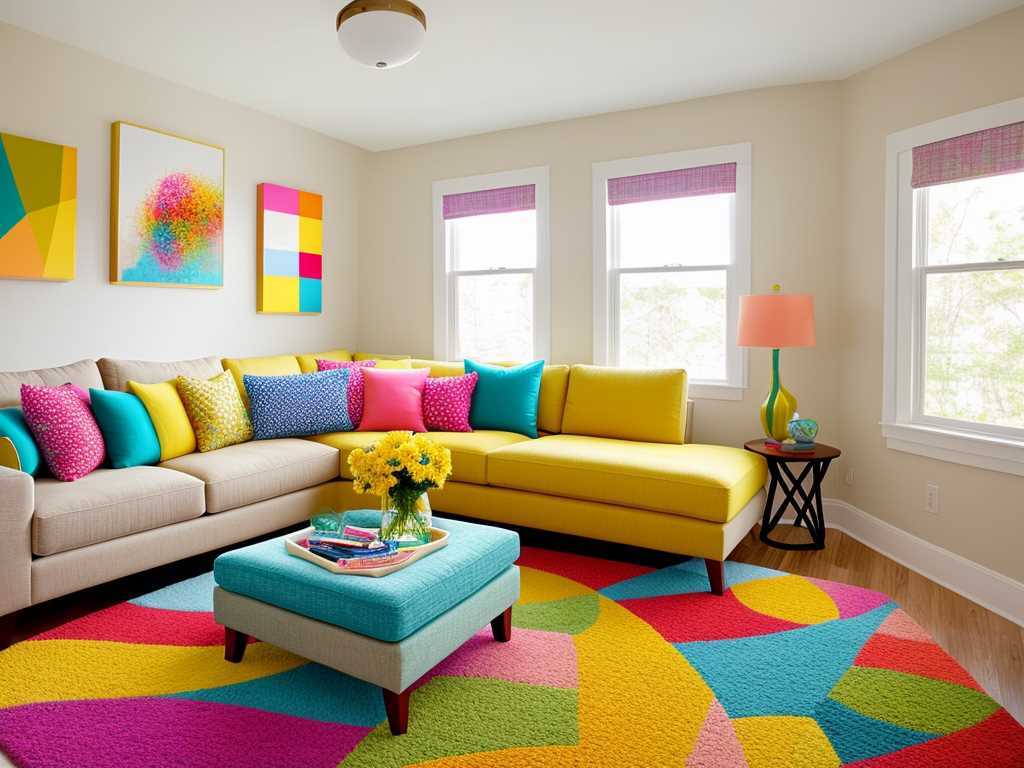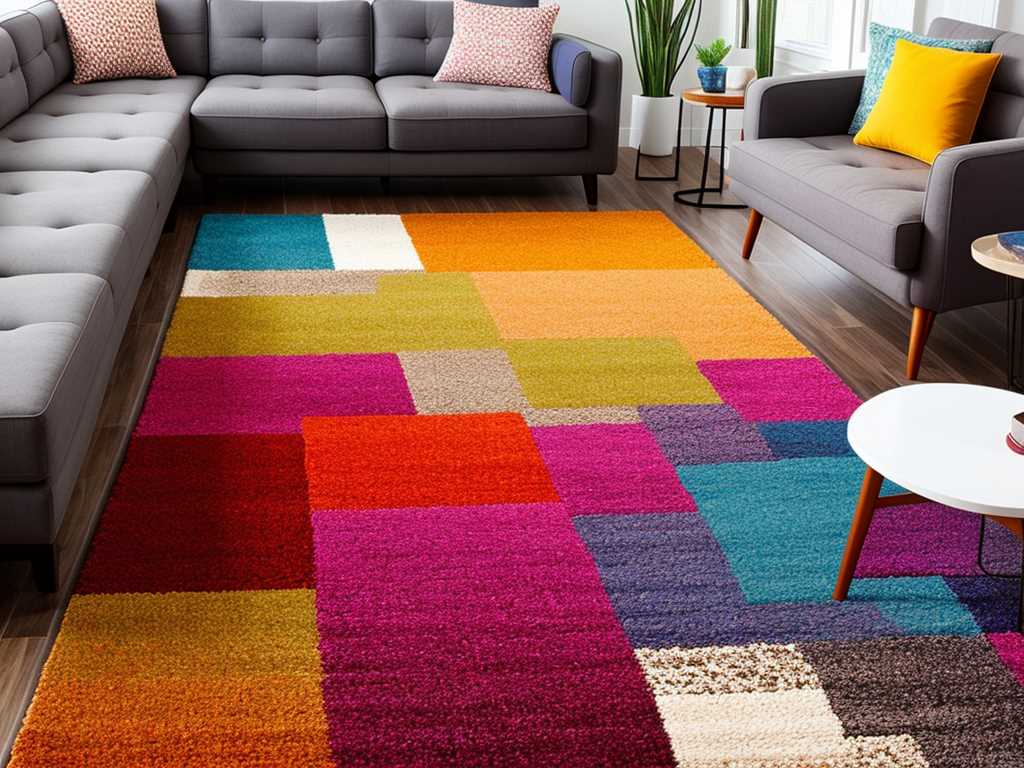
When it comes to decorating your living room, one design element that can add texture, warmth and depth to your space is layering rugs. This technique involves placing two or more rugs on top of each other, creating a unique look that can transform the overall feel of your room. Layering rugs can also be a practical solution for covering up unsightly flooring or adding comfort underfoot. If you’re interested in layering rugs in your living room, here are some tips to help you get started:
1. Choose the right rugs
When layering rugs, it’s important to choose the right rugs that complement each other in terms of color, pattern, size, and texture. You can opt for rugs of the same color family or mix and match colors for a bold, contrasting effect. Choose patterns that are different in scale and texture for a layered look that’s visually interesting. Consider the size of the rugs you’re layering, ensuring that they fit well together and cover the area you want to cover.
2. Anchor the space with a large rug
The first step in layering rugs is to anchor the space with a large rug. This will serve as the base layer for your design, and will help to define the seating area in your living room. Choose a rug that is large enough to fit all of your furniture on top of it, and ensure that it is centered in the room. You can choose a rug with a bold pattern or a neutral color to create a cohesive look.
3. Layer a smaller rug on top
Once you’ve chosen your base rug, it’s time to add a smaller rug on top. This rug should be smaller in size than the base rug, and should be placed in the center of the seating area. Choose a rug with a different pattern or texture than the base rug, as this will create a layered effect that’s visually interesting. You can also choose a rug that has a pop of color to add some personality to your space.
4. Play with different textures
When layering rugs, it’s important to play with different textures to create a layered look that’s visually interesting. You can mix and match textures such as wool, jute, shag, or silk to create a dynamic look that’s unique to your space. Consider layering a shag rug on top of a flatweave rug, or a jute rug on top of a wool rug for a textural contrast that’s visually appealing.
5. Consider the shape of your rugs
When layering rugs, it’s important to consider the shape of the rugs you’re using. Square and rectangular rugs are the most common shapes, but you can also play with circular or oval-shaped rugs to create a unique look in your space. You can layer a circular rug on top of a rectangular rug to create a layered effect that’s visually interesting. Consider the shape of your furniture too, as this will affect the shape of the rugs you choose.
6. Add a runner rug
In addition to layering rugs in the seating area, you can also add a runner rug to the space. A runner rug can be placed in the entryway or hallway leading to the living room, creating a cohesive look that ties your space together. Choose a runner rug that complements the colors and patterns of your other rugs, and ensure that it is the right size for the space.
7. Don’t forget about the rug pad
When layering rugs, it’s important to use a rug pad to prevent slippage and protect your floors. A rug pad will also provide additional cushioning underfoot, making your space more comfortable and inviting. Choose a rug pad that is the same size as your rug, and ensure that it is placed securely under your rugs.
Layering rugs in your living room is a great way to add texture, warmth, and depth to your space. By choosing the right rugs, playing with different textures, and considering the shape of your rugs, you can create a unique look that’s visually interesting and inviting. Don’t forget to use a rug pad to protect your floors and ensure that your rugs stay in place. With these tips, you can create a beautiful, layered look in your living room that reflects your personal style and adds value to your home.


